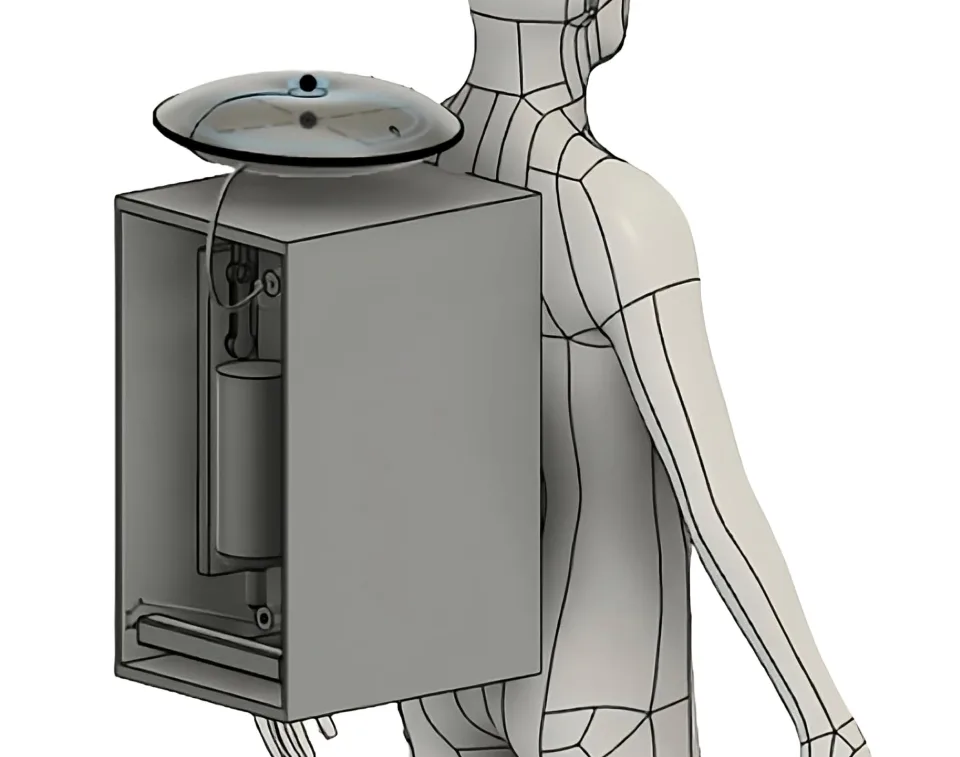Frank Herbert’s Dune novels served as the inspiration for the revolutionary stillsuit that was designed.
Although it may sound like a glamorous career, being an astronaut actually requires a lot of hard work and sacrifice on the part of the individual. They are required to spend weeks or even months at a period that they are separated from the planet Earth, their loved ones, and the comforting embrace of gravity. It is necessary for them to put up with an unending stream of “Tang” jokes. At times, they are even required to consume effluent that has been recycled.
Our use of the word “sometimes” is due to the fact that not every single drop of astronaut urine is converted into drinkable water. When they return to the spacecraft, the urine that they have expelled into their spacesuits is either flushed away or thrown. For the purpose of recycling their discharged pee in a specialized filtration bag, a new space suit that was built by scientists at Weill Cornell Medicine and Cornell University and was inspired by Frank Herbert’s Dune novels could make spacewalks longer and less nasty. Both of the research and design teams from both schools contributed to the publication of a paper in the scientific journal Frontiers that detailed their findings.
Soldiers are able to traverse and fight across the desolate desert world of Arrakis while wearing these suits, which are known as “stillsuits” in the Dune universe. These suits have the ability to collect moisture and recycle it into water that can be consumed. It is roughly the same thing that the real-life stillsuits that are being suggested do. The principal author of the study and a member of the research staff, Sofia Etlin, stated in a news release that the new stillsuits are equipped with a “vacuum-based external catheter leading to a combined forward-reverse osmosis unit” that astronauts carry on their backs.

The suits were designed with future NASA space missions in mind, such as the Artemis II and Artemis III missions, which are scheduled to orbit the moon and touch down on the moon’s south pole within the next two years. Despite the fact that NASA and Axiom Space have already given their approval to a spacesuit design for missions to the moon, it appears that this new filtering system could be incorporated to the spacesuits. It is also possible to employ the stillsuits for the manned space voyage to Mars that will take place in the early 2030s.
The astronauts will not only be able to quench their thirst during spacewalks, but the stillsuits will also make them more hygienic thanks to their capabilities. A superabsorbent polymer is the only component of the traditional NASA spacesuit design that has been in use since the 1970s. This polymer is designed to collect the pee that astronauts produce. To put it another way, this indicates that virtually every astronaut who has ever walked on the moon or in space has urinated in their space pants.
Urinary tract infections (UTIs) and gastrointestinal issues are just two examples of the healthcare and hygiene problems that astronauts have experienced as a result of this antiquated waste management system. It is for this reason that you have never witnessed Paul Atreides facing the challenges of diverticulitis.
When it comes to any of its upcoming space missions, NASA has not yet officially adopted the new spacesuit design that was developed by Weill Cornell Medicine and Cornell University. Assuming if we had been aboard the International Space Station and had to face a lengthy spacewalk after consuming an excessive amount of Tang, we assume that we would have urged NASA to expedite the process immediately.

